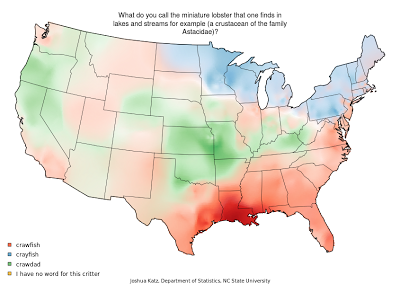 Gallardo B, Aldridge DC. 2013. The ‘dirty dozen’: socio-economic factors amplify the invasion potential of 12 high-risk aquatic invasive species in Great Britain and Ireland. Journal of Applied Ecology 50(3): 757–766. http://dx.doi.org/10.1111/1365-2664.12079
Gallardo B, Aldridge DC. 2013. The ‘dirty dozen’: socio-economic factors amplify the invasion potential of 12 high-risk aquatic invasive species in Great Britain and Ireland. Journal of Applied Ecology 50(3): 757–766. http://dx.doi.org/10.1111/1365-2664.12079Abstract
- Aquatic invasive species are a growing concern to environmental managers because of their diverse impacts on aquatic biodiversity and high eradication costs, necessitating effective management policies. In this study, we evaluate the ability of environmental and socio-economic factors to predict the risk of invasion in Great Britain and Ireland of 12 potential aquatic invaders covering all major aquatic groups. Despite their potential to inform risk assessments, this is the first time socio-economic factors related to propagule pressure have been specifically integrated in distribution modelling.
- Species distribution models (SDM, MaxEnt algorithm) were calibrated with a set of environmental factors (e.g. bioclimatic, geographical and geological) and integrated with socio-economic (e.g. human influence index, population density, closeness to ports) predictors.
- The inclusion of socio-economic factors in SDM did not affect accuracy scores (AUC already >0·90), but their effects were more pronounced in spatial predictions, resulting in up to a sixfold amplification of the area predicted suitable for each species. Despite the inclusion of potential surrogates of water chemistry (e.g. geology) and propagule pressure (e.g. population density), temperature-related variables were most important predictors of aquatic species' distributions.
- According to SDM, the environmental suitability for a suite of invaders belonging to different taxonomic groups and regions of origin is greatest in east and south-east England and decreases towards the north and west. Multiple invasions in this region are of special concern, as species are known to modify their habitat facilitating subsequent invasions, thereby potentially exacerbating their impacts.
- Major management regions to be prioritized in monitoring programmes include the Humber, Thames and Anglian River Basin Districts. Species of special concern include a mysid (Hemimysis anomala), a gammarid (Dikerogammarus villosus), a plant (Ludwigia grandiflora) and two crayfishes (Procambarus clarkii and P. fallax).
- Synthesis and Applications. The inclusion of socio-economic factors in species distribution models has the potential to improve predictions of areas under a highest risk of multiple invasions and to help disentangle the complex interplay between biological invasions and global environmental and socio-economic processes. Such understanding is pivotal to prioritize limited resources for the optimum prevention and control of biological invasions.
Keywords: Ameiurus melas • Corbicula fluminalis • Dikerogammarus villosus • Dreissena r. bugensis • Hemimysis anomala • Ludwigia grandiflora • MaxEnt • Neogobius melanostomus • Procambarus sp. • species distribution models
Notes: Marmorkrebs is referred to in this paper as “Procambarus fallax.” The references and context make it clear, however, that the asexual Marmorkrebs are being modelled in this paper, not the sexual form of the slough crayfish.
The Supplemental material (S1) describes the European range of “P. fallax” as Germany and Great Britain. To the best of my knowledge, Marmorkrebs have never been found in the wild in Great Britain.



